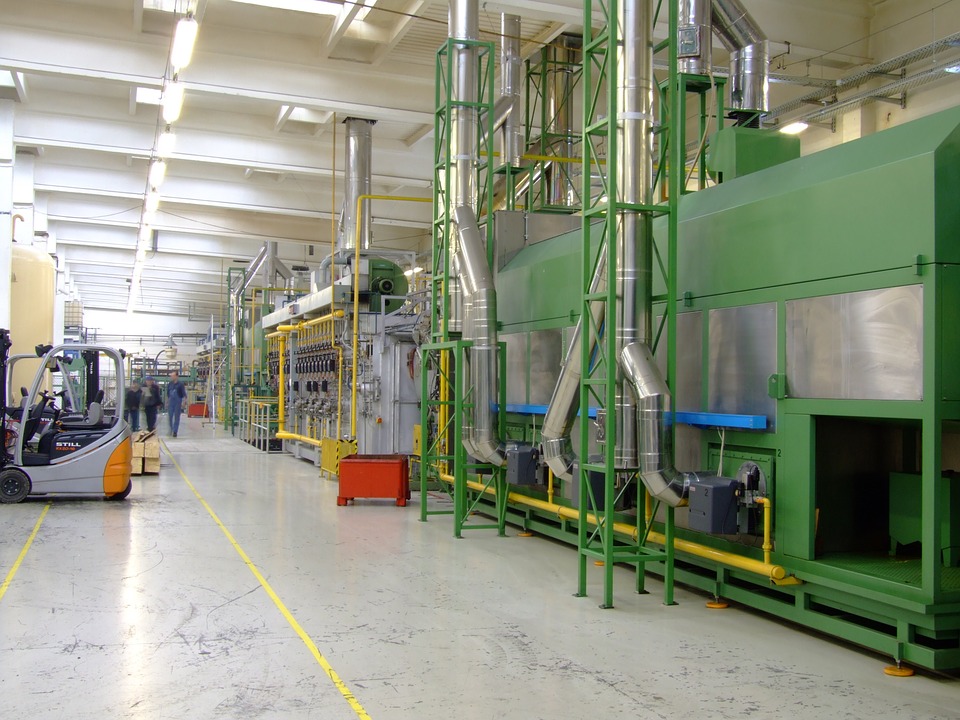
글로벌 금융위기 이후 반도체, 자동차 등 한국의 주력 제조업 노동생산성이 급격히 떨어지고 있다. 저금리와 유동성 확대, 정부 지원 등에 힘입어 연명하고 있는 경쟁력을 상실한 기업들이 전체 노동생산성을 끌어내리고 있기 때문이다. 노동생산성 개선을 위한 전체적인 구조 개혁이 필요하다는 지적이 나온다.
10일 한국은행의 ‘산업별 노동생산성 변동 요인 분석’ 보고서에 따르면 연평균 제조업 노동생산성 증가율은 2011∼2015년 2.2%로, 금융위기 이전인 2001∼2007년의 7.9%보다 5.7% 떨어졌다.
문제는 한국 주력 상품군의 노동생산성증가율이 크게 둔화되고 있다는 점이다. 반도체, 디스플레이, 핸드폰 등 수출주력산업이 밀집한 고위기술 및 기계, 자동차, 선박 등을 포함한 중고위기술 등을 중심으로 노동생산성이 큰 폭으로 둔화되는 양상이다.
고위기술은 위기 이전 14.5%에서 6.5%로, 중고위기술 업종은 6.5%에서 0%로 떨어졌다. 특히 기타운송장비(선박) 업종은 조선해운업 부진 여파로 노동생산성 증가율이 5.4%에서 마이너스 4.2%로 급락했다.
특히 한국의 노동생산성 증가율 하락 속도도 경제협력개발기구(OECD) 등 주요 선진국보다 빠르게 나타나고 있다. OECD의 제조업 노동생산성 증감 둔화 폭은 -2.0%지만 한국의 경우 -5.7%로 나타났다. 특히 한국 제조업의 시간당 노동생산성은 51달러로 미국(87달러)과 독일(81달러)의 59%, 63% 수준에 그쳤다.
한은 관계자는 “주력제조업 경쟁력 약화 추세가 지속되면 장기적으로 큰 부담이 될 것”이라며 “고용 경직성을 완화하고 고용형태를 다양화하는 한편 한계기업을 구조조정해야 한다”고 강조했다. 이어 “규제완화와 구조개혁, 한계기업에 대한 구조조정도 지속적으로 진행해 자원이 생산성이 높은 곳으로 재배분될 필요가 있다”고 덧붙였다.

[Focus] Labor productivity growth in the manufacturing sector is slowing down and structural reform is needed
Since the global financial crisis, labor productivity in Korea's major manufacturing industries, including semiconductors and automobiles, has been falling sharply. This is because companies that have lost competitiveness, which have been on the back of low interest rates, increased liquidity and government support, are dragging down overall labor productivity. Critics point out the need for an overall structural reform to improve labor productivity.
According to the Bank of Korea's report titled "Analysis on Factors of Labor Productivity Variation by Industry" on Thursday, the average annual growth rate of labor productivity in the manufacturing sector stood at 2.2 percent between 2011 and 2015, down 5.7 percent from 7.9 percent in 2001-2007 before the financial crisis.
The problem is that the labor productivity growth rate of the country's main product line is slowing significantly. Labor productivity has slowed significantly, with high-level technologies such as semiconductors, displays and mobile phones, as well as middle- and high-level technologies including machinery, automobiles and ships.
High-level technology fell to 6.5 percent from 14.5 percent before the crisis, while the middle- and high-end technology sectors fell to 0 percent from 6.5 percent. In particular, other transportation equipment industries saw their labor productivity growth plummet from 5.4 percent to minus 4.2 percent in the wake of the sluggish shipbuilding and shipping industries.
In particular, the pace of South Korea's declining labor productivity growth is also emerging faster than that of major advanced economies such as the Organization for Economic Cooperation and Development. The OECD's slowdown in manufacturing labor productivity is -2.0 percent, but -5.7 percent in Korea. In particular, Korean manufacturing companies' hourly labor productivity stood at $51, or 59 percent and 63 percent of those in the U.S. (87 dollars) and Germany (11 dollars).
"If the trend of weakening competitiveness in the main manufacturing sector continues, it will be a big burden in the long run," a BOK official said, stressing that the government should ease employment rigidity and diversify employment patterns while restructuring marginal companies. He added that deregulation, structural reform and restructuring of marginal companies need to be carried out continuously, with resources being redistributed to places where productivity is high.


